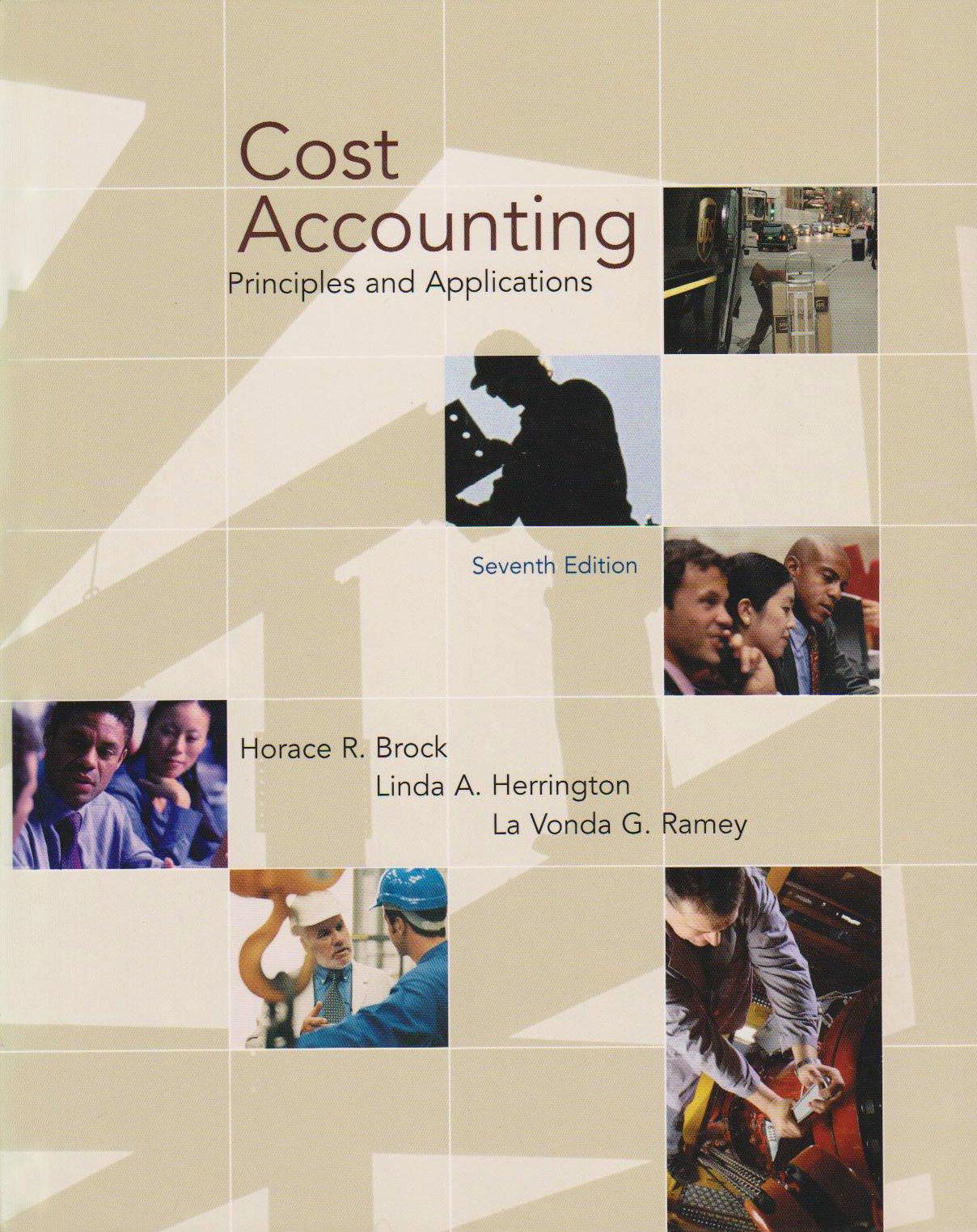Answered step by step
Verified Expert Solution
Question
1 Approved Answer
Doug Maltbee formed a lawn service business as a summer job. To start the business on May 1, he deposited $1,000 in a new bank
Doug Maltbee formed a lawn service business as a summer job. To start the business on May 1, he deposited $1,000 in a new bank account in the name of the proprietorship. The $1,000 consisted of a $600 loan from his father and $400 of his own money. Doug rented lawn equipment, purchased supplies, and hired fellow students to mow and trim his customer's lawns. At the end of each month, Doug mailed bills to his customers. On August 31, he was ready to dissolve the business and return to Louisiana State University for the fall semester. Because he was so busy, he kept few records other than his checkbook and a list of amounts owed to him by customers. At August 31, Doug's checkbook shows a balance of $690, and his customers still owe him $500. During the summer, he collected $4,250 from customers. His checkbook lists payments for supplies totaling $400, and he still has gasoline, weedeater cord, and other supplies that cost a total of $50. He paid his employees $1,900, and he still owes them $200 for the final week of the summer. Doug rented some equipment from Scholes Machine Shop. On May 1, he signed a six-month lease on mowers and paid $600 for the full lease period. Scholes will refund the unused potion of the prepayment if the equipment is in good shape. To get the refund, Doug has kept the mower in excellent condition. In fact, he had to pay $300 to repair a mower. To transport employees and equipment to jobs, Doug used a trailer that he bought for $300. He figures that the summer's work used up one-third of the trailer's service potential. The business checkbook lists a payment of $460 for cash withdrawals by Doug during the summer. Doug paid his father back during August. As a team, prepare the income statement of Maltbee Lawn Service for the four months May through August. Prepare the classified balance sheet of Maltbee Lawn Service at August 31. Specific hints for the assignment: Let's start with the income statement Take a look at salary expense and ask yourself 'has Doug's employees completed their service to Doug?' if so, what is the basic rule of accrual accounting with regards of when you can book revenue and expense? Same principle applies to the supply expense, how much of the supplies Doug purchased did he actually use? If all the supplies were not used the remaining supplies are an asset of the company to be liquidated later. What about rental expense, did Doug use 6 months of rent, if not, then isn't he owed a refund (wouldn't you want a refund?) and how do you record a refund on the books, what statement do you show amounts that are owed to the company? Next lets look at transactions that directly affect the balance sheet (review Chapter 3 pages 148-151 for same ideas on format and flow). With regard to the loan from dad, loans are never expensed, they are booked as a liability on the balance sheet and as they are paid off only the cash account and the loan liability account are affected. The only expense item that ever occurs in a loan is the interest charged (which Doug's dad does not charge him interest). Since loans HAVE TO be paid back they are considered a liability as opposed to an investment, which is not required to be paid back. Finally, the trailer raises the issue of depreciation. Depreciation has 2 purposes: (1) to show on the balance sheet the actual value of an asset (based on the estimated useful life of the asset), and (2) to record the amount of the fixed asset that is 'used up' each year by expensing that portion year after year until the asset is worth $0 or almost $0 on the books. The concept of depreciation is very similar to what happens to the value of your car when you drive it off the dealers lot. Each year, should you decide to sell the car, you would receive less and less until all you could get is salvage value. Let's look at the statement of owners equity. The $1,000 that Doug starts out with is $400 of his own money that he invests in the company and a $600 loan from his dad. The difference between a loan and an investment in owners equity is that a loan HAS to be paid back and the investment that owners make in a company they can only HOPE to get back one day :)
Step by Step Solution
There are 3 Steps involved in it
Step: 1

Get Instant Access to Expert-Tailored Solutions
See step-by-step solutions with expert insights and AI powered tools for academic success
Step: 2

Step: 3

Ace Your Homework with AI
Get the answers you need in no time with our AI-driven, step-by-step assistance
Get Started


